Qualcomm didn't need to hold a keynote at Computex 2025, but the moment CEO Cristiano Amon took the stage, it was immediately clear why Qualcomm had a presence at the show. A year ago, Qualcomm introduced the Snapdragon X Elite, and although there have been some bumps with bringing Windows on Arm to life, Qualcomm has had a remarkable run with its chips in just 12 months.
The company sent me to Taipei to learn about its announcements, but shockingly, Qualcomm didn't have much to announce. There aren't any new chips from Qualcomm at Computex, no new capabilities, and certainly not any new platforms that it wants to expand to — at least not yet. Qualcomm gathered media from around the world to do a victory lap, celebrating the past 12 months it's had disrupting the PC industry. And although those may sound like hollow words echoed from boardroom executives thrust onto the keynote stage, there's a lot of truth to Qualcomm's meteoric rise.
It only took 12 months for Qualcomm to become a contender
Even if all the money in the world, this wasn't a sure bet
Qualcomm says it's captured about 9% of the PC market. That may sound small, but it's not. Snapdragon X devices first launched in the US, which catapulted Qualcomm to a 10% market share, and now that it's expanded to other markets, it's holding steady at around 9%. That's not all PCs, mind you. Qualcomm specifically looks at laptops priced above $800, so the market share number drops considerably when you factor in budget laptops and especially desktops.
Still, that's a lot of ground covered in just a year. Despite Qualcomm's massive amount of capital and established position in the mobile market, it's still easy for a newcomer in the PC industry to fall flat on its face, no matter how good the product is.
A great example of this is Intel with its Arc graphics cards. Intel has released some fantastic GPUs over the past couple of years, with the Arc B580 being the go-to option for budget gamers, and the new Arc Pro B60 positioned as a champ of AI workloads. And even with a fantastic product to sell, Intel has only been able to grab about 1% of the discrete graphics market. Depending on when you look at the number, Intel sometimes doesn't even register. That's a massive company with a ton of capital to throw around only grabbing a fraction of the discrete graphics market.
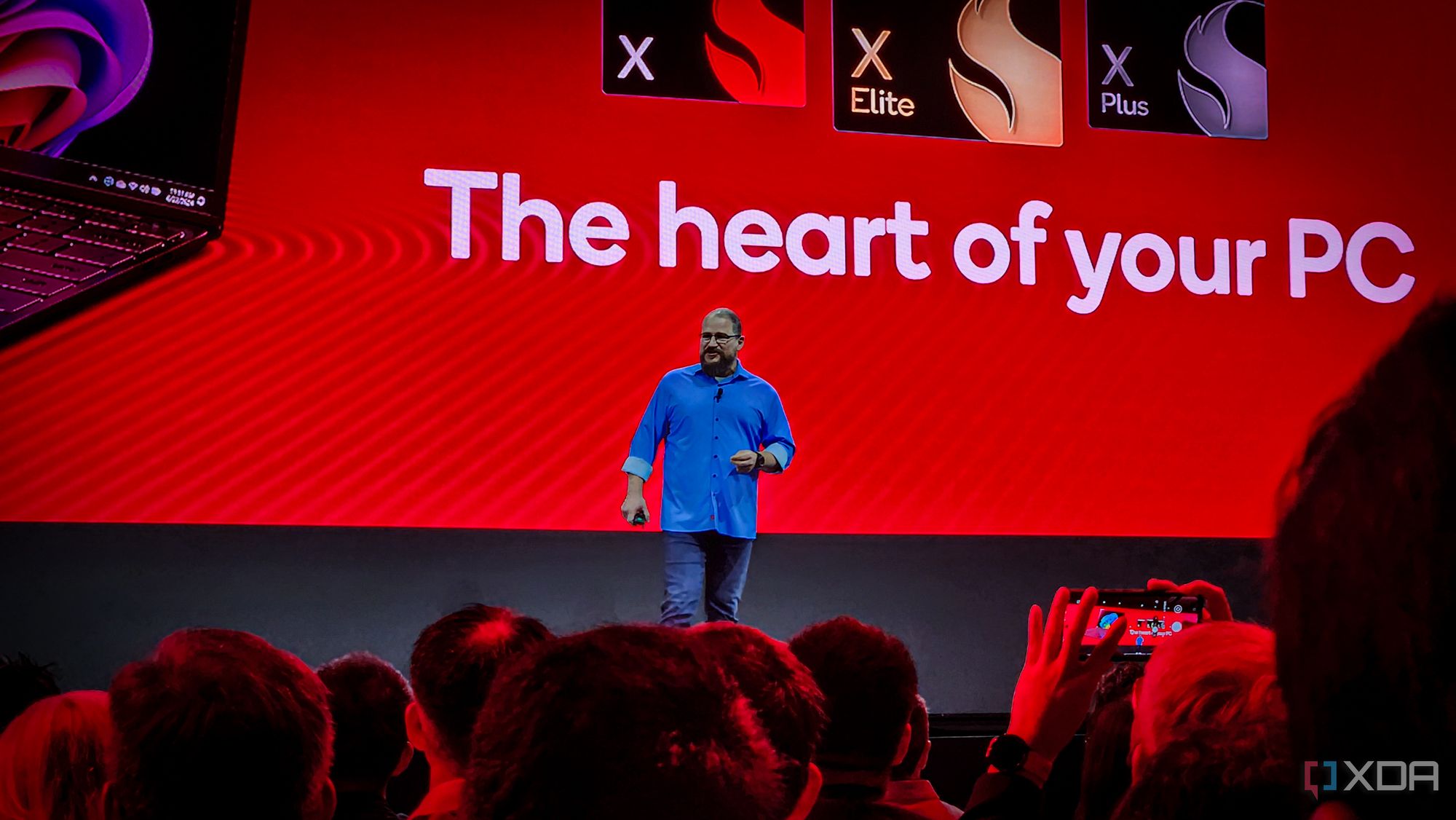
The fact that Qualcomm was able to scale so quickly is nothing short of miraculous. It certainly helped that Qualcomm had the backing of Microsoft to push a new era of PCs with Copilot+, but even with all the money in the world, Snapdragon X was never a sure bet. After all, Qualcomm was going up against AMD and Intel who have worked with brands for decades. It not only was breaking into a largely closed market; it was doing so with a different ISA while pushing AI features that, for the majority of users, weren't relevant.
Qualcomm says it wants to capture 12% of the PC market by 2029, and based on how the numbers are going, that seems very possible. Snapdragon X is a good product, as laptops like Asus ProArt PZ13 prove, but having a good product isn't enough. There's a masterclass in execution here, along with a healthy dose of luck. And you don't need to look further than Intel and AMD to see that.
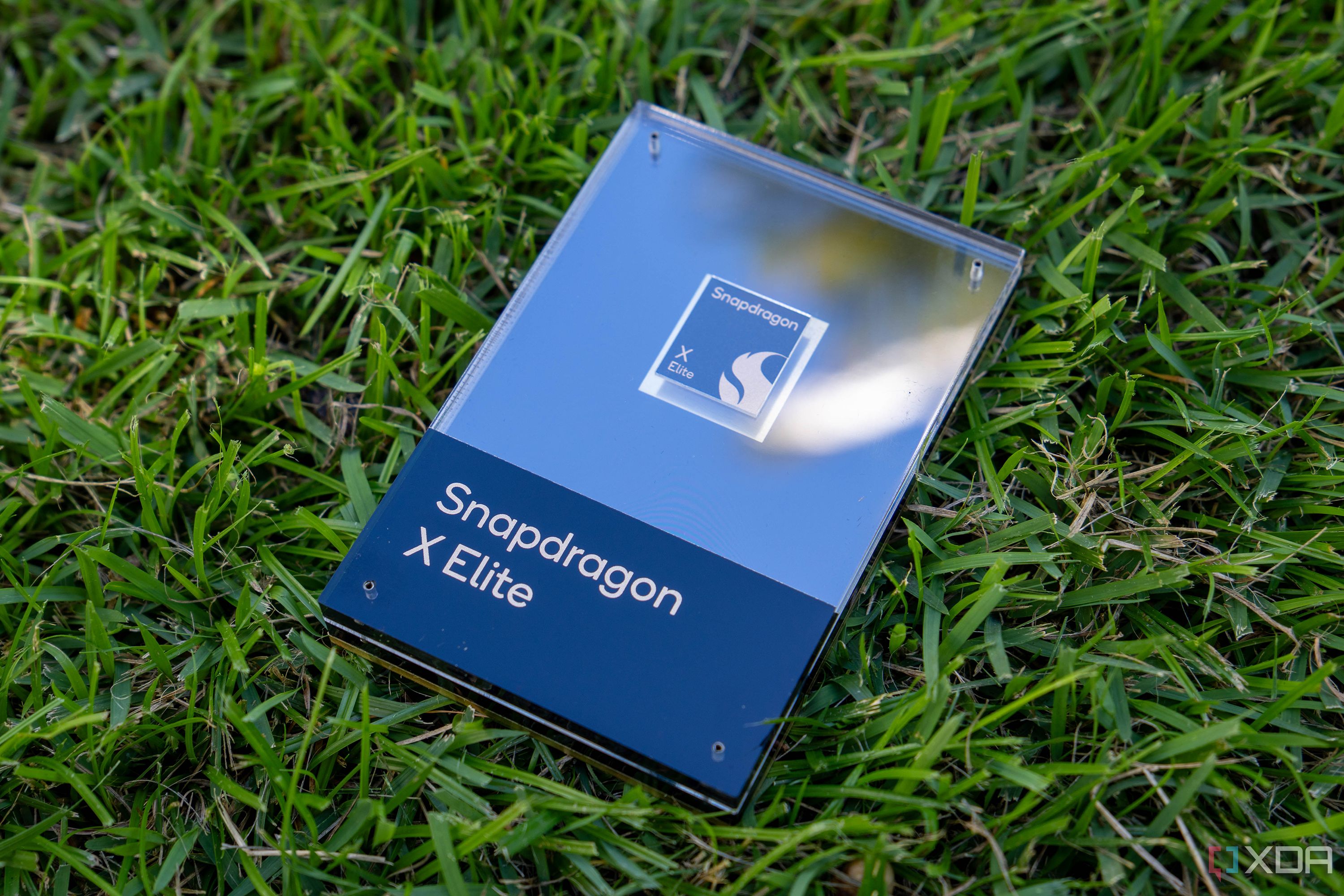
Related
Qualcomm isn't resting on its laurels, and Intel and AMD should be scared
Qualcomm changed everything for Windows PCs when it introduced the Snapdragon X series of chips back in June.
Warping the PC industry
Better battery life across all laptops
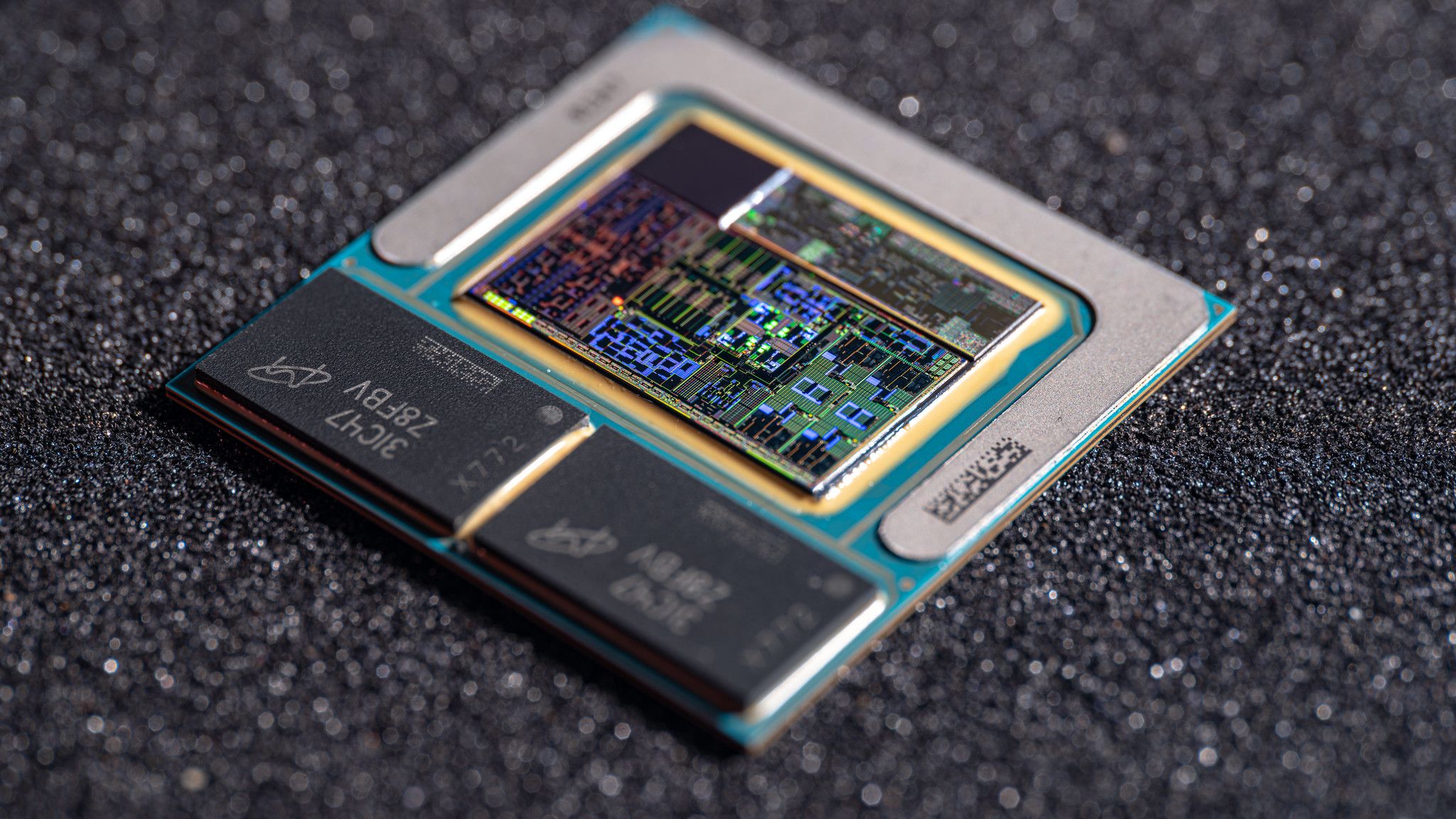 Source: Fritzschens Fritz
Source: Fritzschens Fritz
Lunar Lake and Strix Point are both equally excellent products, and although Qualcomm might disagree, we've ran the numbers. There are trade-offs, with AMD scaling up to more powerful performance while sacrificing battery life, and Intel coming out ahead in battery life at the cost of performance. Regardless, Lunar Lake and Strix Point are radically different products than we've seen from past generations of mobile chips from Intel and AMD. And a big part of that comes down to the threat that Qualcomm represents.
Qualcomm and Microsoft will have you believe that this new era of PCs is defined by AI, and although that may become true in the future, that's not reality today. AI adoption is ramping up, certainly, but it's based in the cloud. Even if someone buying a new laptop cares about AI, there's a good chance that they don't care about whether that AI is run locally or in the cloud. The enterprise perspective is different, but that's a different story.
AMD and Intel weren't going to be caught with subpar battery life in the face of Qualcomm.
You don't have to take my word for it, either. The majority of buyers cite better battery life as the reason they picked up a Copilot+ PC, not AI features. That's a consequence of the chip. Qualcomm's claim to fame within the PC industry is, first and foremost, better battery life. It's no secret that Windows laptops are known for bad battery life, which is a fact that's only become more clear as Apple continues to pump out its own ARM-based silicon.
AMD and Intel saw the writing on the walls. Absolutely, Strix Point and Lunar Lake were designed to take advantage of that Copilot+ badge and shove more AI into devices, but Team Red and Team Blue weren't going to be caught with subpar battery life in the face of Qualcomm. Regardless of what you think about Snapdragon X devices, Windows laptops have significantly better battery life today than they did two years ago, and that's something that benefits everyone.
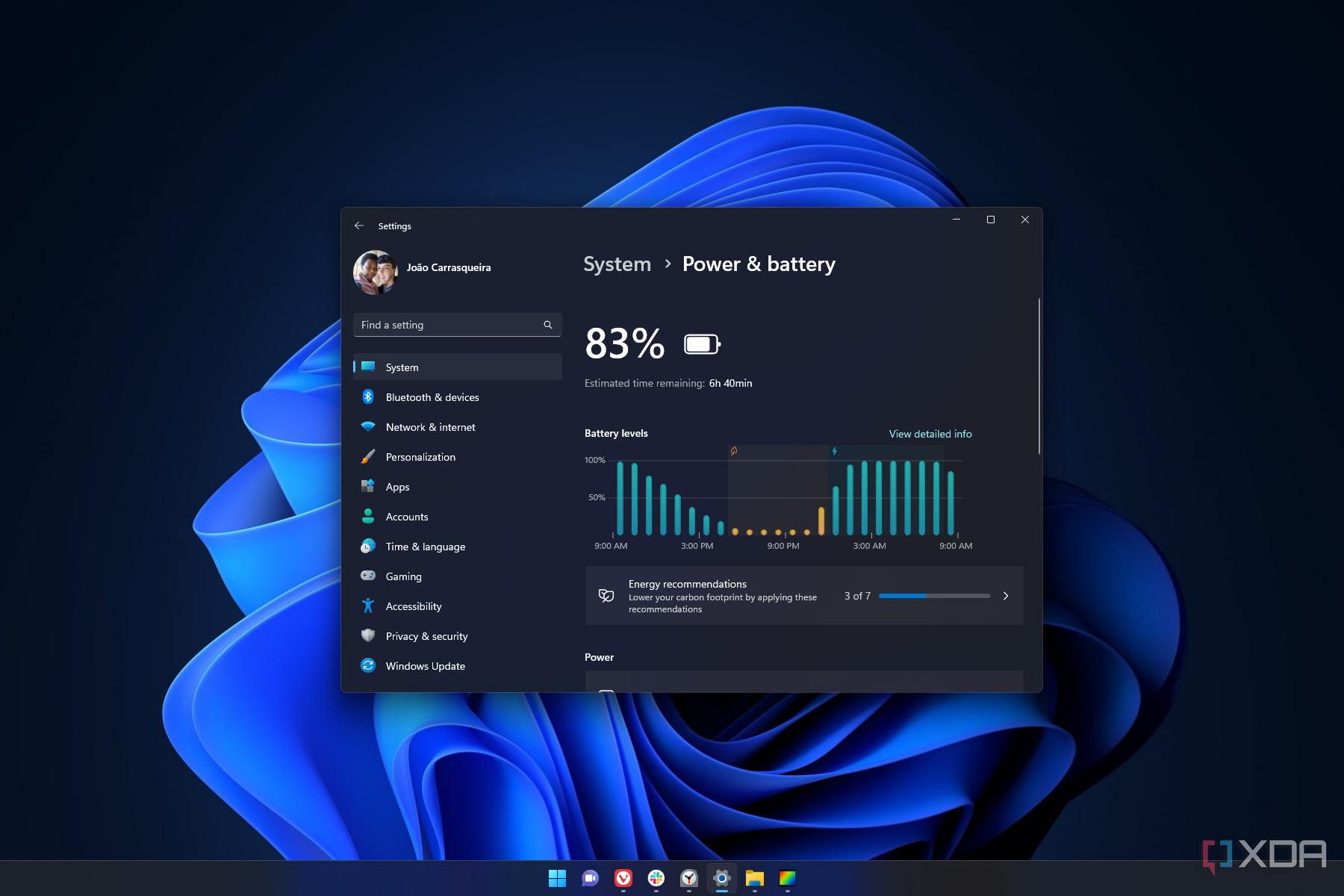
Related
How to extend battery life on Windows 11
If you want to extend the battery life of your laptop, there are a few Windows 11 settings you can change to help with that.
Looking forward to what's next
Qualcomm is doubling down on Oryon
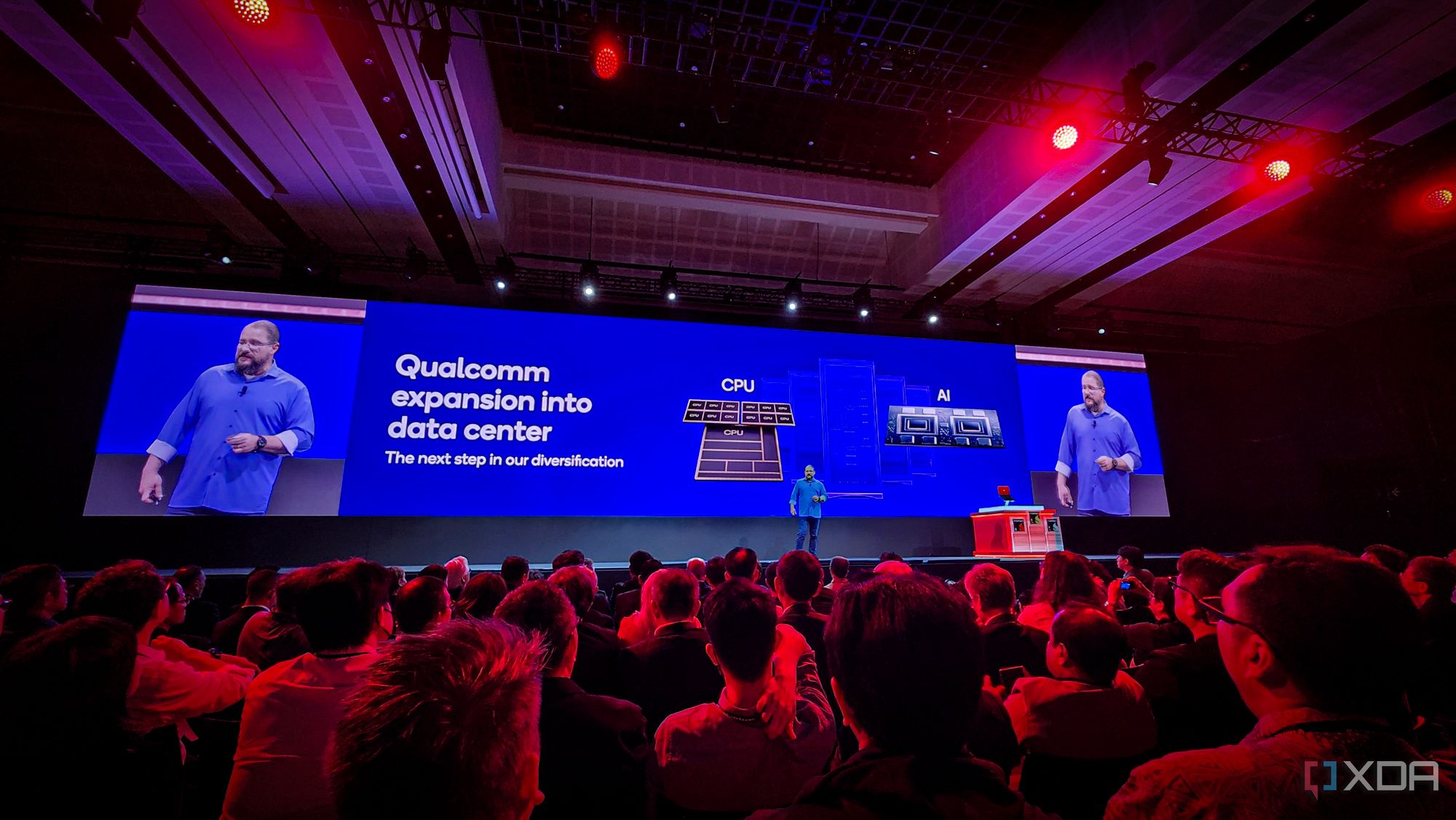
Although Qualcomm didn't have any announcements at Computex, it did have some teases. The next-gen Oryon CPU core is on the way, and Amon says that the company will introduce its capabilities at the Snapdragon Summit in September. Qualcomm also says it's expanding into the data center market, designing CPUs to be paired with Nvidia GPUs inside servers. Those are just about all the details we know right now, but clearly Qualcomm is planning for a future in the PC market.
It'll be interesting to see where we go from here, though. Qualcomm's introduction to the PC market was a success by some metrics, but the launch dust has settled. That Copilot+ badge isn't as shiny as it once was, and with a new bar set for battery life and on-battery performance, Qualcomm is facing stiff competition from the old x86 guard. The disruption has happened. Now, Qualcomm has to prove it has staying power.
We're shifting away from lofty claims about performance and battery life against a market that has been stagnant for a decade or more. Instead, we're moving toward a more level playing field, one in which Qualcomm will need to compete, generation after generation, as an obvious underdog. Hopefully, that leads to better products for everyone. We've certainly seen that dynamic in play in the GPU market, with AMD forcing concessions from Nvidia despite its much lower market share.
.png)
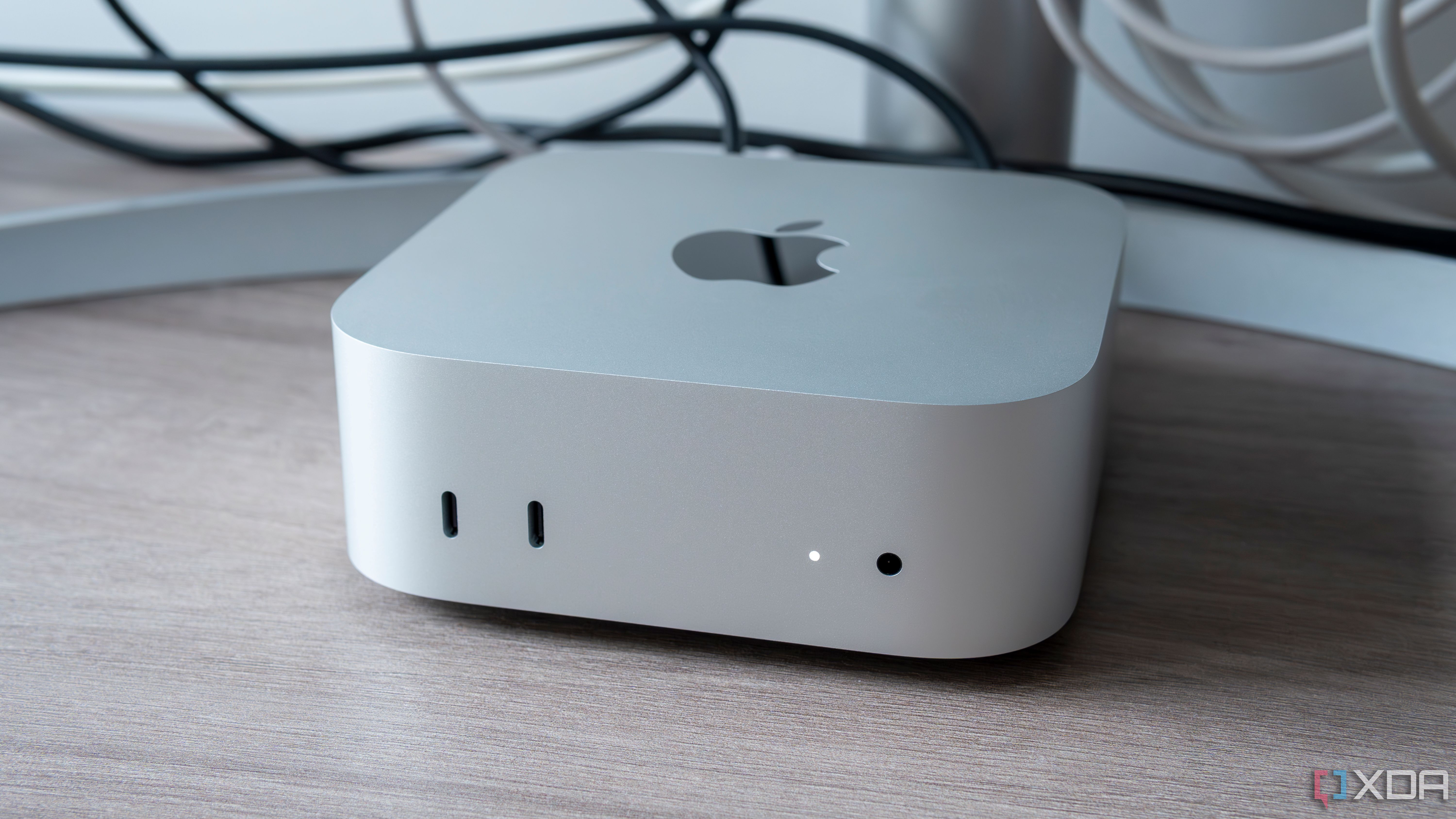



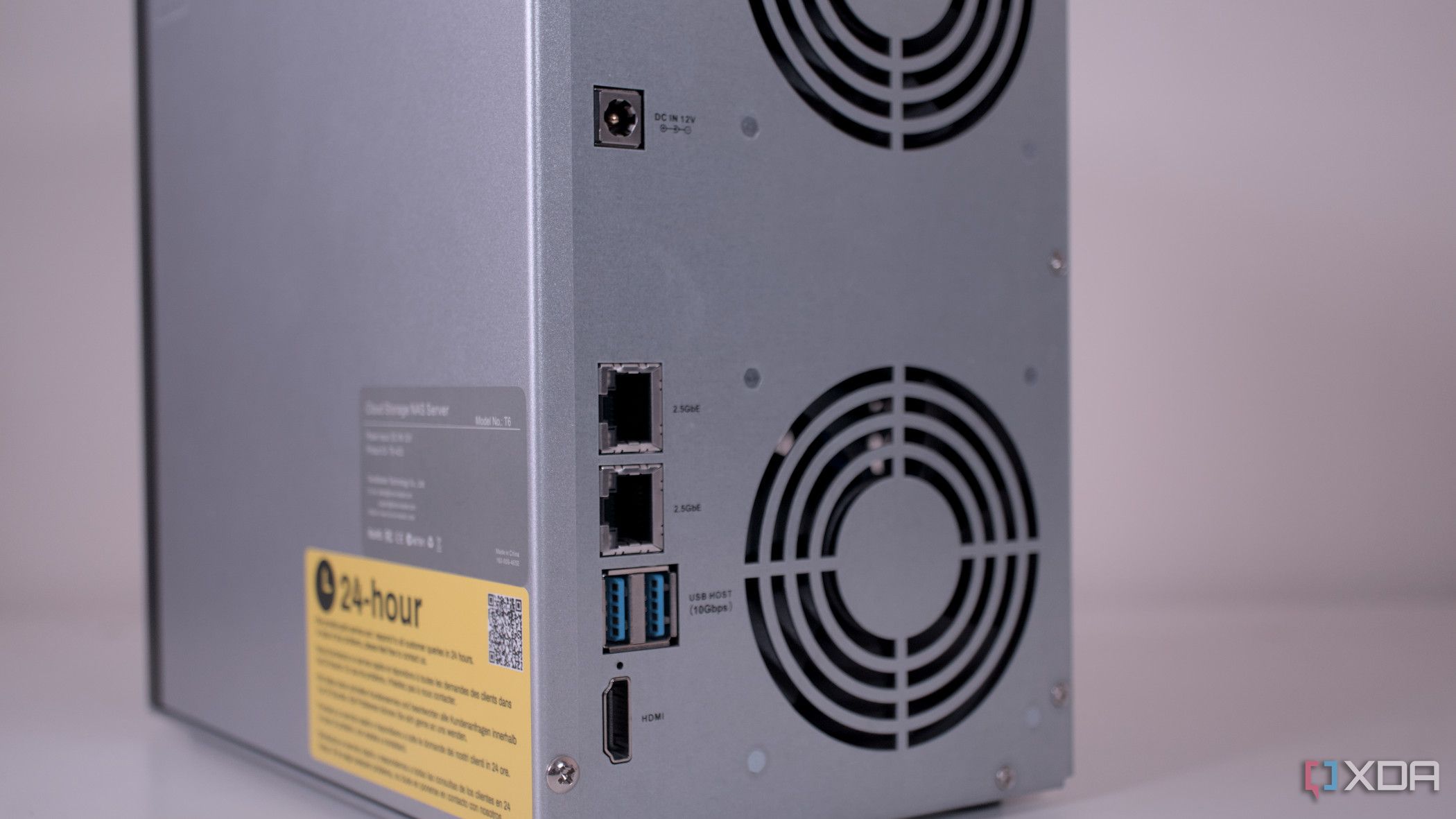






 English (US) ·
English (US) ·